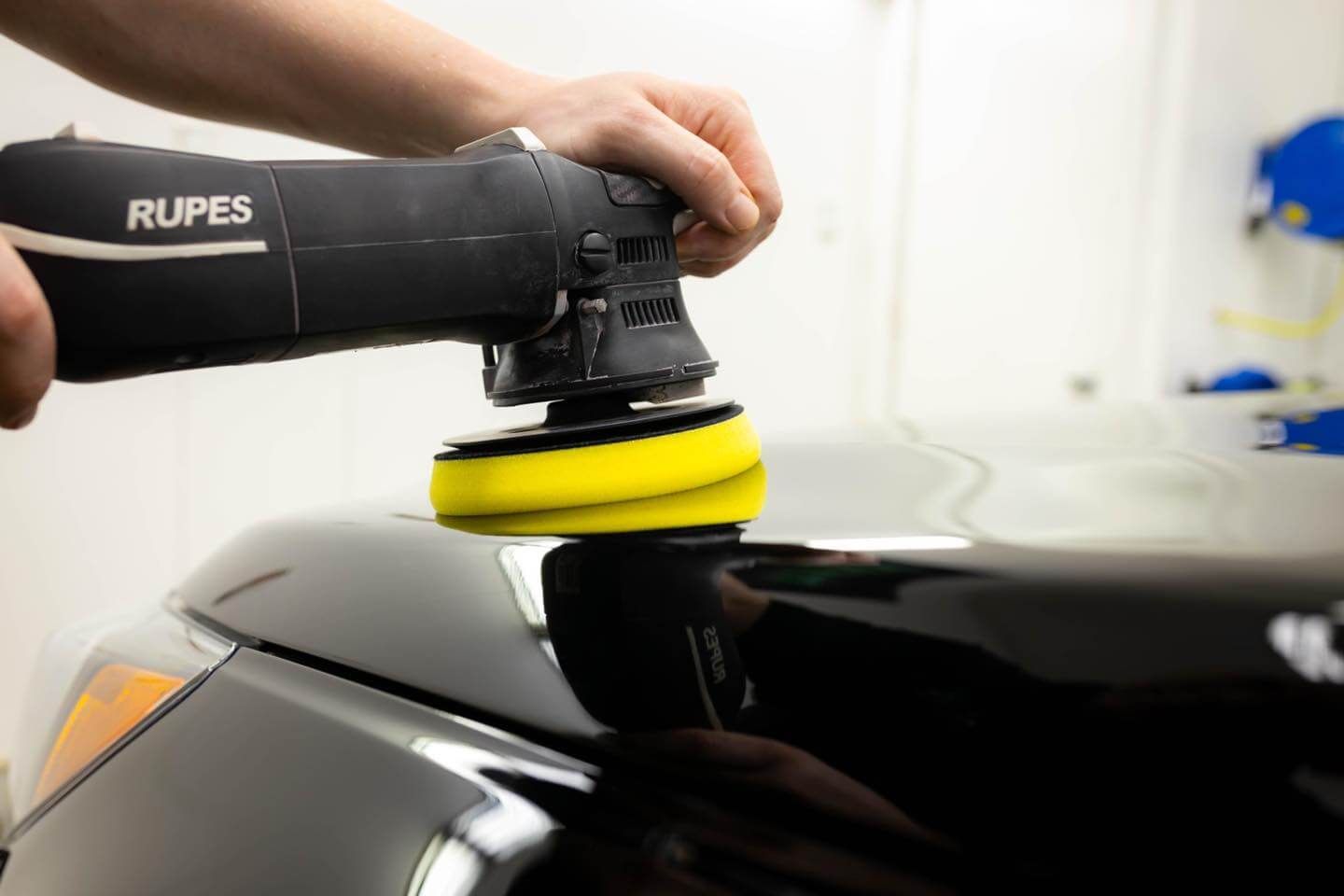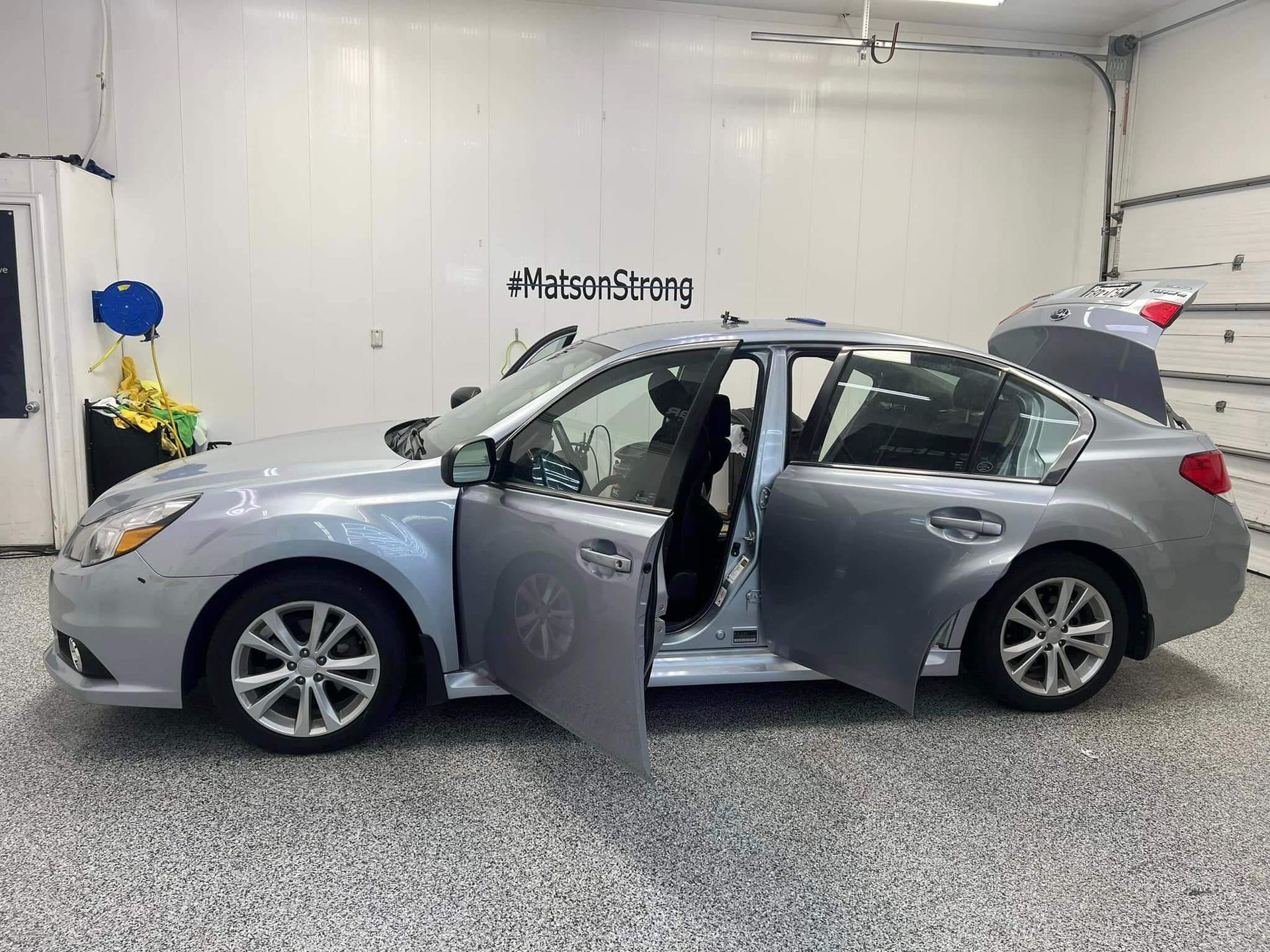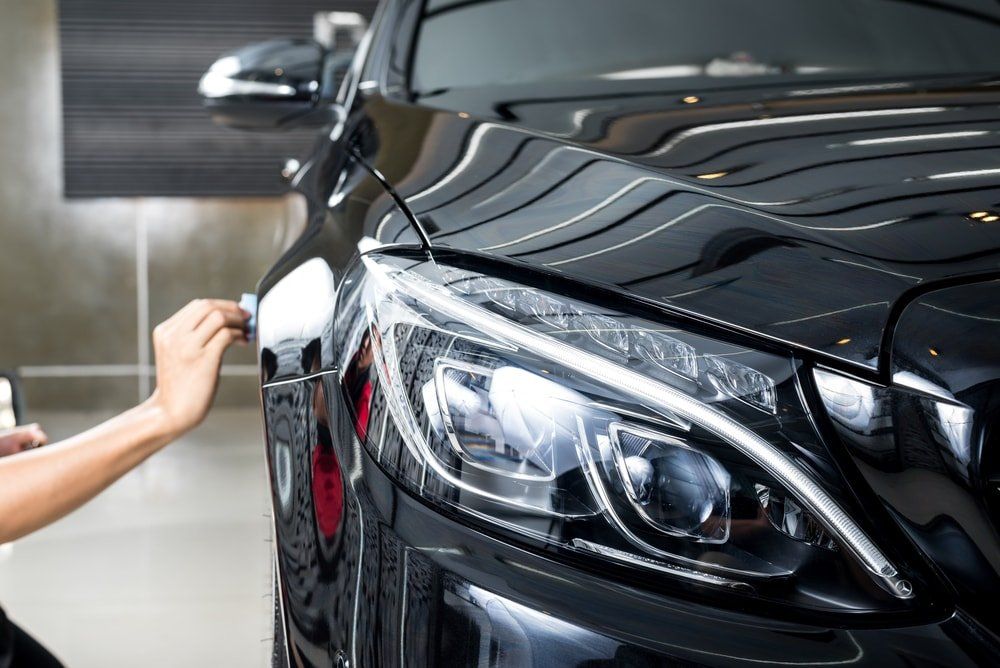No car owner wants their vehicle’s paint job to become damaged.. It’s a lot of hassle to deal with, can be costly to fix, and is an eyesore to others while on the road. The amount of care that a car owner has is undeniable, which is why they will go to great lengths just to make sure it does not go through any form of damage, accident or not.
With that said, layering your car paint is one primary way of protecting it against external factors that may negatively affect its overall look. There are two viable options that will help to protect your car from damage. Both are efficient in providing different degrees of protection and it is up to the car owner to decide which of them does a better job based on their specific needs.
If you would like to know more about these car coating options, we’ve created this quick and easy guide for you:
The Ceramic Coating
Ceramic coating is a liquid polymer component that provides a thin layer of protection for your paint job. It is mainly made from silica and primarily functions as a flattener, a type of substance that goes into the tiny nudges on your car paint to ensure that it will come out smooth and stylish. It is also hydrophobic in nature, meaning that it repels water.
If you were not satisfied with the preliminary paint layer applied during your last visit to the auto shop, then you have nothing to worry about. This component will get rid of any unevenness on the surface of the car. In short, your vehicle will now get a much sleeker look. Some luxury car owners are even vying for this, as they mostly wish to retain the smoothness of their rides.
Apart from its aesthetic purpose, it is also resistant to Ultraviolet (UV) rays, extreme weather, and animal droppings. This will save you a lot of time and money against these factors that may otherwise require you to shell out cash for retouches. It will also make the process of cleaning your car much easier.
The Paint Protection Film
Also known as PPF, this component was first used for heavy-duty purposes. Initially, it was utilized as a protective layer for helicopter blades during the Vietnam War. It has since evolved into a car paint layering, usually protecting the topmost surface of the paint. If you are concerned about it covering up the color or ruining the overall shade, keep in mind that this film is transparent, so there would be no change to your paint job.
It is resistant to corrosion and other harmful elements that may scratch up the paint, and it is also durable against acid contaminants. The term “self-healing” isn’t something that you would associate with layered protection, but PPF exhibits this through its ability to get rid of light scratches that may be caused on the road through small debris.
Conclusion
Ceramic coating and PPF are excellent choices, with undeniable benefits that can make choosing rather tricky. As a car owner, it is important to research your options.Invest in what works best for you—in the end, the goal is to have a car resistant to external factors that may destroy its painting job.
If you are looking for an auto detailing shop offering
car ceramic coating near you, look no further than 5 Star Auto Detailing. We are a premier auto detailing studio in Rochester, MN, and we specialize in paint correction, detailing, and the three major categories of ceramic coating. Contact us for more information about our auto services. Reach out today!






